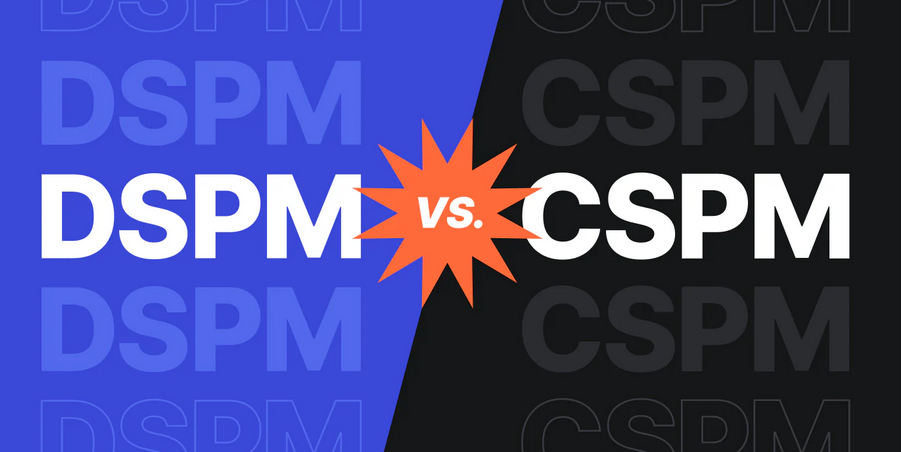The third pillar of IoT is connectivity, which is about the transmission of data and ensuring that all the pillars are connected. The importance of this pillar increases with the need for real-time data processing where no interruption to the connection to the internet is imperative, as missing data points could alter the interpretation of a system. For example, there could be data points that are gathered from a smart fire alarm system that signals that there is a fire, but if it is not connected to the internet, this may not go through and the actuators that would have been put in motion to alert the fire emergency services and sprinklers would not work, putting lives in danger. Because of this, considering the environment of your use case and the different edge cases that you may need for your deployment to work effectively is paramount to any IoT system that we are looking to build.
Analytics
The final pillar of IoT is analytics, which is all about analyzing the collected data, whether it be directly on the device, on an edge location such as a gateway, or on the cloud. It is a powerful step in the data collection process, as it is all about interpreting the data that we have obtained and understanding how it will impact our decisions. Some workloads may have simple analytical processes, such as simply generating charts based on the data that is obtained to summarize important insights, while others may go through more strenuous workloads, such as letting machine learning models analyze them on the cloud to derive more insights from them.
Important note
It is important to note that other books or standards may propose other pillars of IoT, though, in reality, most of them abide by the principles of the four pillars just mentioned, as it really is the functionality that is communicated by the pillars. In this book, we intend to provide the principles that are most universal around the IoT community, as just seen.
Now that you have a good idea of what IoT is about, we can move ahead and explore how we can set up the development environment for this book.
Setting up the development environment of the book
In this section, we will walk you through setting up the foundational development environment for the book. There may be additional configurations that will need to be done for specific chapters, but the setup here will be enough for you to make those additional ones with ease. The two main components that need to be set up here are the Arduino IDE for uploading code to your ESP32 microcontroller and your GitHub environment for source control. Note that ESP-32 is not part of the Arduino family hardware; we are simply using it as it is an editor that supports the development of ESP-32. We will also set up your AWS environment, but we will explore that in Chapter 7, Working with Cloud Computing to Power IoT Solutions where working with your workloads on AWS will be discussed further.
